Literacy-based therapy has become quite a buzzy term lately, but what is it, really? In short, it is using books ( or other literature ) as the foundation for your therapeutic interventions. Did you know that almost half of preschool children with language-impairments develop significant literacy learning difficulties ( Aram & Nation, 1980) even if their delays appear to be resolved by age 5 ( Scarborough 1980;2002). Integrating literature into our sessions is a kind of like adding spinach to some chocolate muffins. You are sneaking in some extra goodness and the kids are none the wiser.
Another reason I am head over heels for literacy-based therapy is the semantic exposure it provides our students. As SLPs we know how critical reading to a child is. Many of our students, for many different reasons, are not read to at home, making their time at school the only chance for reading/exposure to literacy. Did you know if a child is read to for just 20 minutes a day, by the time they are in 6th grade they will have been exposed to 1,800,000 words a year. Where as a student who is read to just one minute a day is exposed to 8,000 words a year. Which student do you think will have a more developed vocabulary? Better critical thinking skills? We can be the opportunity for our students ( at least a few days a weeks ) to give them that boost they may be missing.

It was documented that shared reading activities ( like a literacy-based speech session ) can increase development in multiple areas (Doyle & Bramwell, 2006; Debaryshe, 1993; Burner, 1978) and promote language development in children with typical development (Teale & Sulzby,
1986; Westby, 1985) and with language impairments (Gillam & Ukrainetz, 2006).
Children with oral language impairments are at a greater risk for reading disabilities ( Schuele, 2004 ) By offering exposure during speech therapy, we can help offer instances of practice with reading skills as they relate to their language goals. Proficient reading requires integrated skills across decoding and comprehension that draw on language tenets ( semantics, syntax, and phonology ) ( Schuele, 2004 )
So where do you start? Here is my session break down for using a book to target student goals while giving them and adequate exposure to literacy.
SESSION #1
You’ve scoured Pinterest and found the perfect book. Amazon Prime came in, in the clutch and delivered your book the next day! So now what?
On day 1 you’re not even going to read book. I know that sounds a but crazy but stay with me. One of the big things our students lack is background knowledge, in all areas really. Not having adequate background knowledge meanings great difficulty trying to connect to vocabulary, social situations, etc. We need to front load background knowledge for our students to pull from and reference in order for them to learn the skills we are going to be teaching and do so successfully. So your first activity is a book walk. Start by looking at pictures, page by page, and talking about what they see. Who are the characters going to be, what is the setting, look at their facial expressions, how do they characters feel on each page, etc. This is also when you are going to introduce the story grammar vocabulary: character, setting, plot, etc. One thing I always make sure to add in is ‘time’. I ask my kids when they think the story is happening ( year or season ). This is when I will also discuss vocabulary they may not be familiar with it. My word of caution here is NEVER PRESUME KNOWLEDGE. Do not assume your 2nd grade student understands the word ‘travel’ or ‘borrow’. Choose vocabulary in terms of verbs and adjectives that play a large role in the story and/or are repeated in the story. Did you know kids who were read the same book multiple times, remembered the meaning of a new word more than kids who heard different books with the same word ( Horst, Parsons, Bryan, 2011). You can make cards for the book if you want, especially if you plan to use the book again or just use post its if you think this is a one time deal. Write the word and kid generated meaning on card/post it.
Now, while you are doing this introduction you can still incorporate student goals for the session. Use the pictures to draw your inspiration. Have a student working on articulation? Can they find a picture with their sound? If not provide a word but give a tie in to the page. An example could be if you are looking at a pumpkin book and the student has a target for /l/. If there is nothing that can be used and an /l/ target you may want to improvise by tying a word in such as, ” Pumpkins can be heavy to lift, let’s say ‘ Lift the pumpkin’ “. You can follow this same method with language goals.
SESSION #2
Today you will get to go a bit more in depth with the book, but you’re still not reading the story yet. In this session you are going to introduce the story elements for the book you are using. I know it sounds crazy that you still aren’t reading the book, but stay with me here. Characters, setting, etc, these are concepts and vocabulary our kids struggle with. If you don’t take the time to introduce and teach them, your students are going to get lost fast, disengage from the session, and miss out targeting their goals. First, I review the story/narrative terminology. To make sure they are engaged I have have them draw for each concept. When talking about character they can draw their favorite movie or book character, for setting I have then draw where the place the would love to travel to. Finding a way for them to make a connection to the word is key. When it comes to more abstract concepts like plot, I have them draw an icon that they feels represents the meaning and we dig into it further from there.
SESSION #3
Today is the day! You actually will start reading the book! Start by reviewing the vocabulary and narrative terms from days 1 and 2. Now that everyone is caught up, go ahead and read first half of book. Be sure to point out the vocabulary you introduced as it comes up. Take a few moments to see how it is being used in the story. After you have read the first half, work with students to identify story characters, setting, the problem. Something else not to be overlooked is character emotion and how it plays into the development of the story. What caused the character to feel like that? What did they do because of it? You will be pleasantly surprised by how much more your kids will participate because you front loaded the information. People sometimes feel like they are ‘giving away too much’ by front loading the information but here is where we need to keep in mind that we want our students to be successful and holding them accountable to for information they don’t know is not a way learn. Integrate student goals into the session as you did before.
SESSION #4
Last time you read the first half of the book, so today you will read 2nd half. Kick things off by reviewing of 1st half of the book. Most likely is has been a few days since you last saw your students so a review is good everyone. After you have gone over the events of the 1st half, as well as the vocabulary that has come up thus far, ask for predictions about what may happen next. Be sure to continue to point out the vocabulary you front loaded along the way. You can put the remaining vocabulary cards on the table in front of the students and them use their hands or fly swatters to tap the words that come as they hear them. This is a fun way to make sure everyone is engaged and listening. Once you finish the story discuss ending, how did plot change, did anything surprise them, etc. Be sure to sure their narrative terminology ( character, setting, plot, etc ) and point out an example for each one in the story. Again, you can integrate their goals into the session or simply let it be about the story.
SESSION #5
Today is the big day, you read the full story! Review all of the vocabulary you had targeted in the beginning and go over the basic story elements. Read the story in its entirety. During this reading I will just read the story, I won’t stop to point things out or discuss as I read. I do this for two reasons: 1) So they can hear how the story would typically flow and 2) because it is just nice to sit and listen to a story sometimes. When the story is done have the students use the story elements ( aka narrative terminology ) to draw out the story. Have them use the vocabulary you targeted to discuss their artistic creations. Review their predictions. Were they correct? If no, what occurred in the story to make their prediction not come true? Who was their favorite character and why?
This is set up I use for a literacy based approach. I integrate their goals into the sessions for each day while following this framework.
One thing to mention as far as story elements/grammar. There are a few different methods out there. A popular one is Somebody, Wanted, But, So, Then. While this is a nice strategy I have found it to be a bit ‘incomplete’ when it comes to understanding the complete story. Yes, it hits the big things which is great, but over looks the detailed but necessary elements, such as character emotion. This might be a nice introduction strategy that you can then graduate students from as they master story element knowledge. I tend to teach my students this strategy from the beginning, just to avoid hopping around, but everyone is different. The strategy I use is: Time, Character, Setting, Problem, Emotion, Plan, End ( sometimes Ending Emotion ).
If you are trying to figure out what book to use with your first experience with this framework, you can read this post about the best books for your speechie library.

Oh, BTW! I have a One Page Book Target Sheet in the FREE RESOURCES section of my site. I use this to keep track of all the different concepts for a story without using a bunch of post its. Then I just tape this in the back of the book. If you are a part of my email community then you have the password to go in and download this freebie. If you aren’t in our email community of speechie awesomeness, then click HERE to join us.
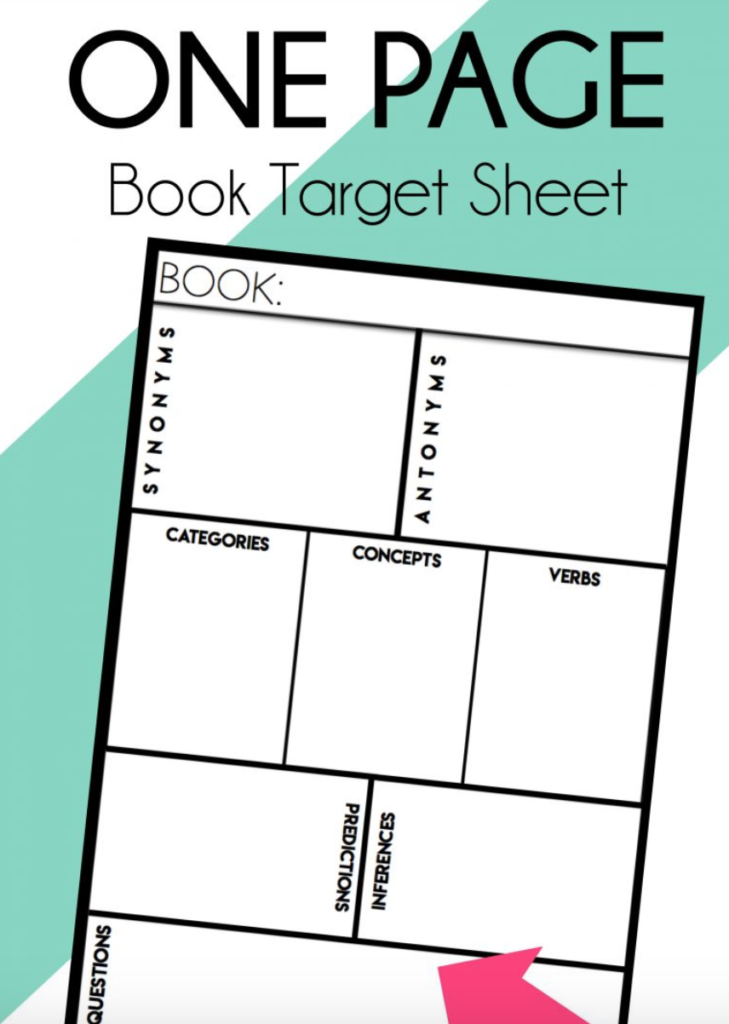
References:
Aram, D. M., & Nation, J. E. (1980). Preschool language disorders and subsequent language and academic difficulties. Journal of Communication Disorders, 13(2), 159-170.http://dx.doi.org/10.1016/0021-9924(80)90033-7
Horst, Jessica & Parsons, Kelly & Bryan, Natasha. (2011). Get the Story Straight: Contextual Repetition Promotes Word Learning from Storybooks. Frontiers in psychology. 2. 17. 10.3389/fpsyg.2011.00017.
Leach, J. M., Scarborough, H. S., & Rescorla, L. (2003). Late-emerging reading disabilities. Journal of Educational Psychology, 95(2), 211-224.
Doyle B and Bramwell W (2006) Promoting emergent literacy and social–emotional learning through dialogic reading. The Reading Teacher 59(6): 554–564.
Teale, W. H., & Sulzby, E. (1986). Emergent Literacy as a Perspective for Examining How Young Children Become Writers and Readers. Norwood, NJ: Ablex.
Schuele, C. M. (2004), The impact of developmental speech and language impairments on the acquisition of literacy skills. Ment. Retard. Dev. Disabil. Res. Rev., 10: 176-183. doi:10.1002/mrdd.20014
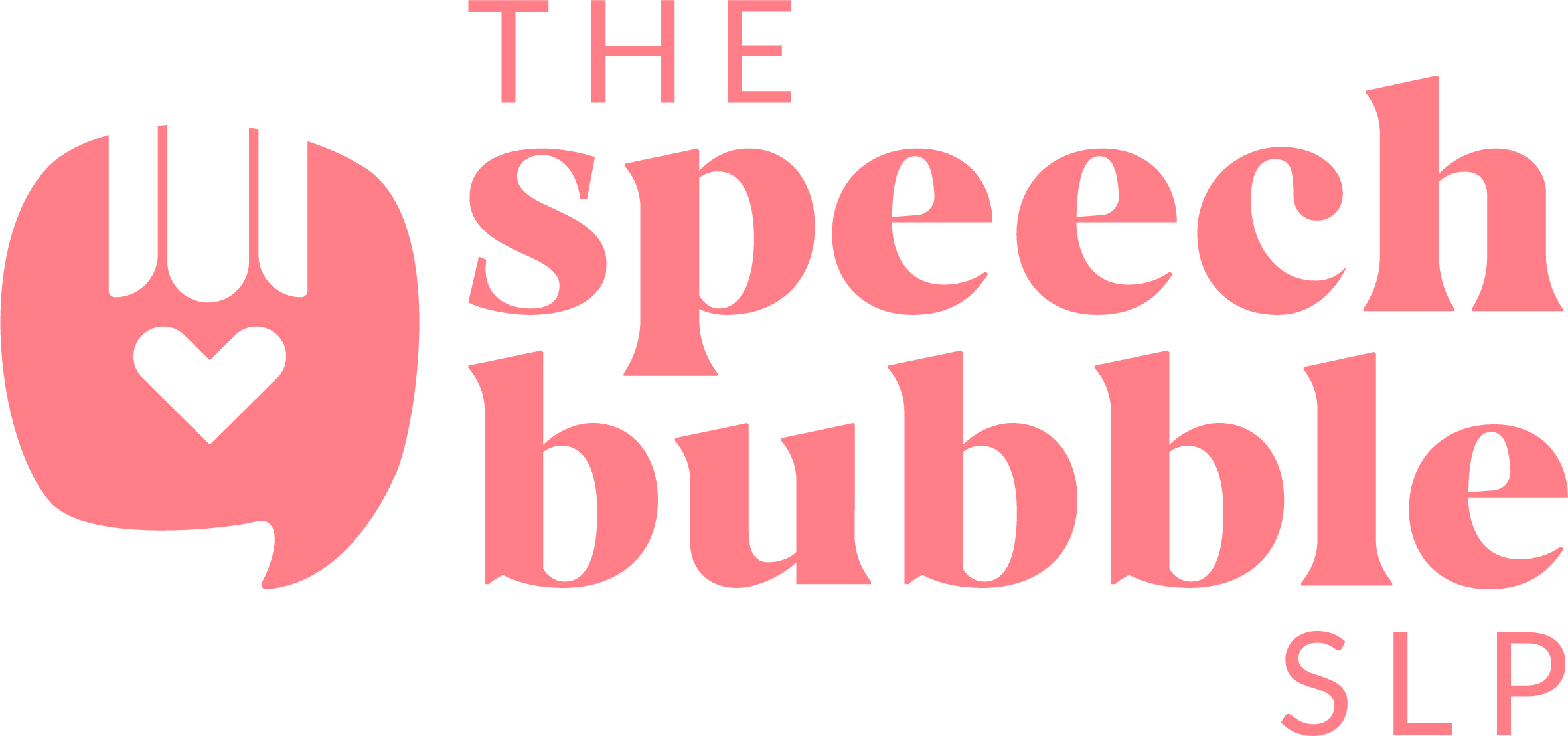
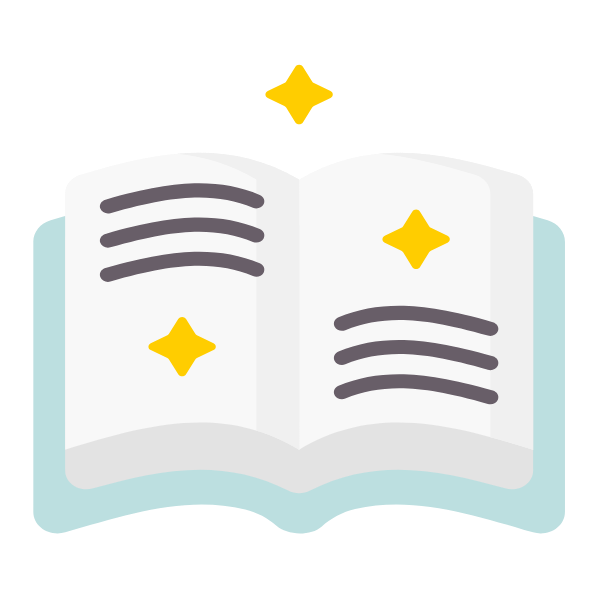






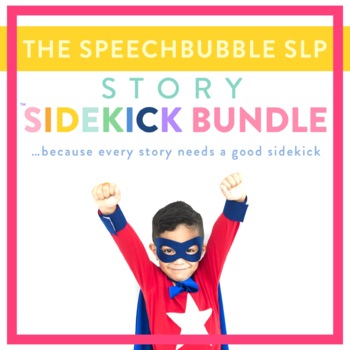







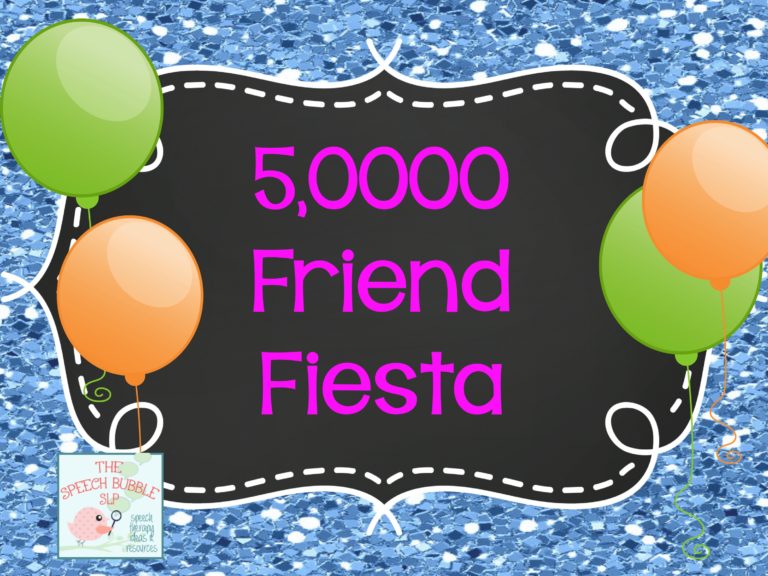
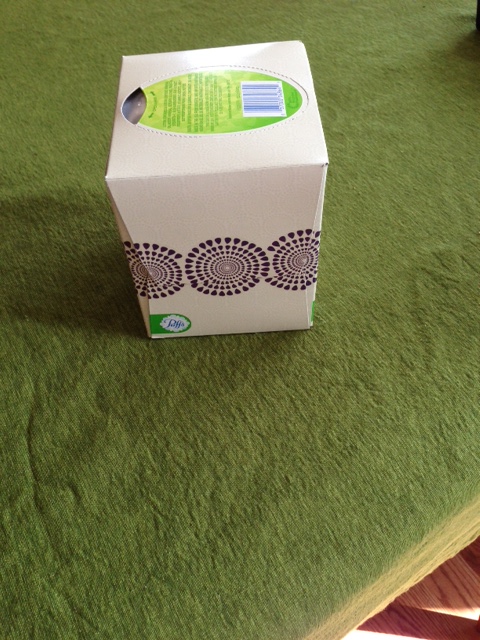


5 Responses
Would you use this same strategy for Pre-school aged kiddos? Thanks for this post! I use books allll the time in therapy. It’s definitely my jam, but I like to see how others use them.
I would, just incorporate movement breaks 🙂